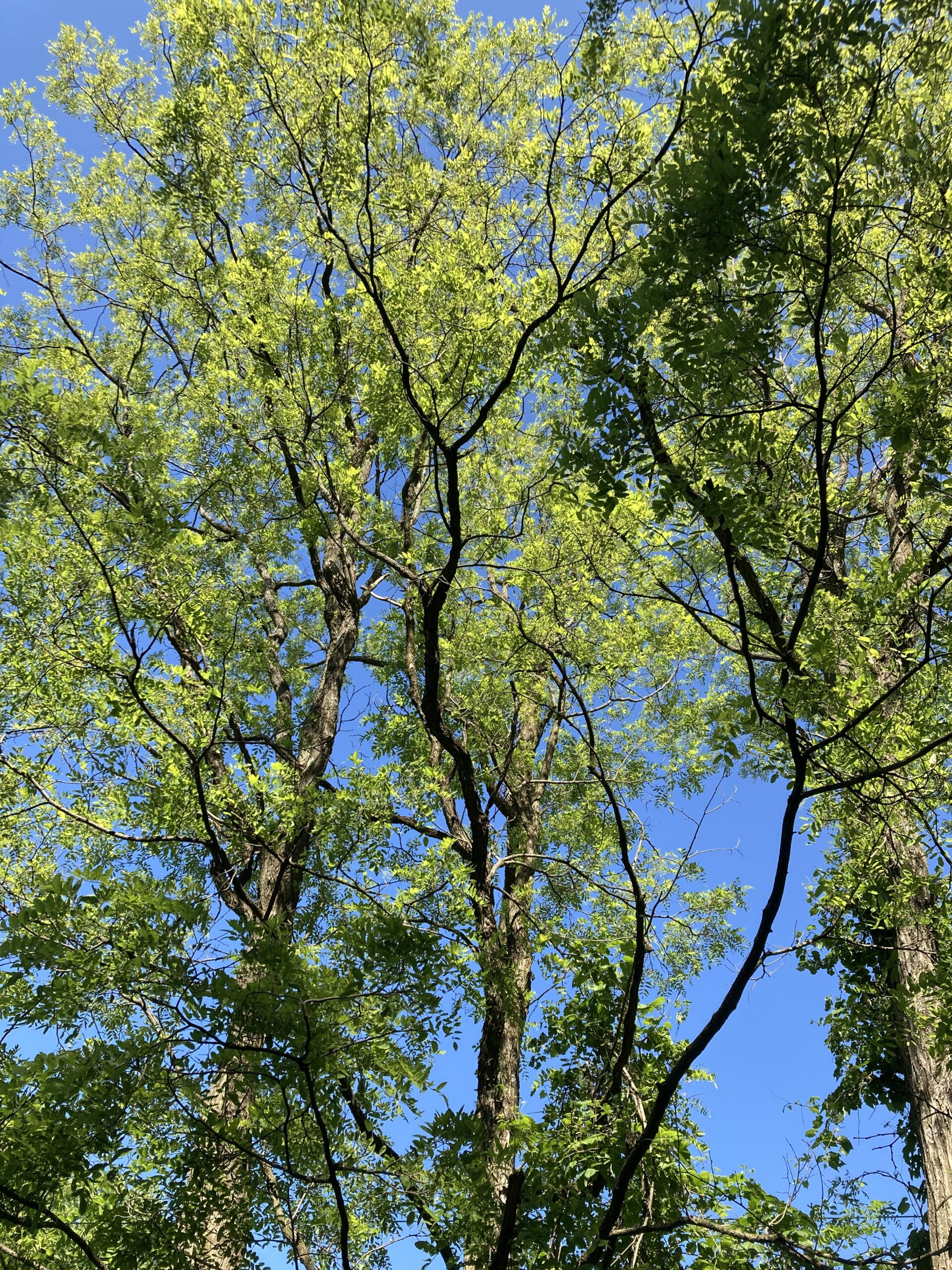One morning last week, I was driving to my old school to help lead, with a former student, two workshops for teenagers on mindfulness and wellness, and I turned on NPR. They were playing an interview by Shankar Vedantam of psychologist Jer Clifton, from an episode of their program The Hidden Brain. The subject was How Your Beliefs Shape Reality, and how we can use this knowledge to live a happier and more harmonious life.
But it can be very difficult to change our core beliefs. For example, we might believe that if we’re depressed, the depression causes us to see the world as a dismal place, or as dull, frightening, and lacking in meaning. But as Aaron Beck, a founder of Cognitive Behavioral Therapy and others discovered, it’s the other way around. Believing the world is dangerous, dull, or mechanical can cause us to feel depressed. If we believe the world is frightening, we carry around inside us a frightening world.
For example, two people listen to a forecast of rainy weather. Depending on how much rain there’s been lately, and if they think the world a scary place or a safe one, one will take the information positively, think about how the rain helps the trees or feeds flowers and the reservoir; the other will think about how dark the sky will become, or that there might be flooding. How we respond to the news will be greatly influenced by our core beliefs.
At one point in his life, Jer realized he believed that life was dull. So, he developed an exercise to shift this mindset. It involved going to a park or forest, finding an oak or other tree full of leaves, and examining one leaf from that tree. Each was so complex, highly patterned, and beautiful.
And then he got another leaf and examined it. There might be thousands, maybe 250,000 leaves in one oak tree. And every year, even more leaves. There have been oak trees though thousands of years of history. But just like the two they examined, they are all beautiful, and different. The stories they tell are engaging and unique. Each of these leaves, Jer said, was a work of art, yet we walk on them because they’re so ubiquitous. Then he began to journal and record beautiful things in his life.
In my school in the past, we used pinecones instead of leaves. Pinecones are amazing. Their bottoms are like a mandala or could inspire one. Mandala means ‘circle.’ They are intricate, geometrically patterned, concentration or meditation aids and works of art.
Jer’s program was so synchronistic, in that it provided a new dimension to my already planned mindfulness workshop. It gave me another story to tell and another exercise to share with students about how to let go of thoughts or beliefs that plague us. To look for beauty can replace the expectation of ugliness, depression, and pain. Students liked this new perspective.
Mindfulness can be defined in many ways…
*To read the whole article, please go to The Good Men Project.

